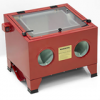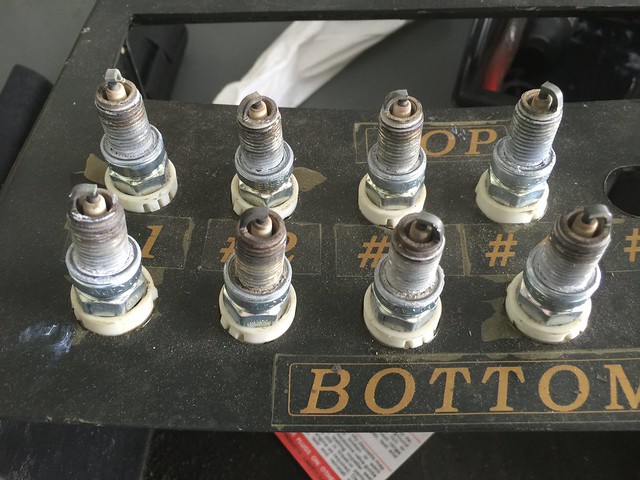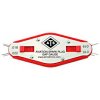Katamarino
Pattern Altitude
I've recently moved to the west side of Houston, which makes working with my previous mechanic in Pittsburgh less convenient. I carried out my first "solo" oil change yesterday, but don't have the tools (or knowledge) to clean and gap the spark plugs myself yet. If there's anyone nearby who could give a little coaching the first time I try it then I'd be happy to offer beer or other consideration!










